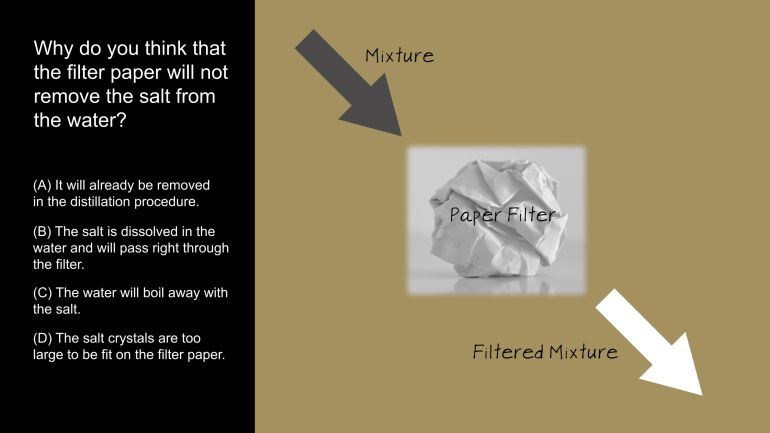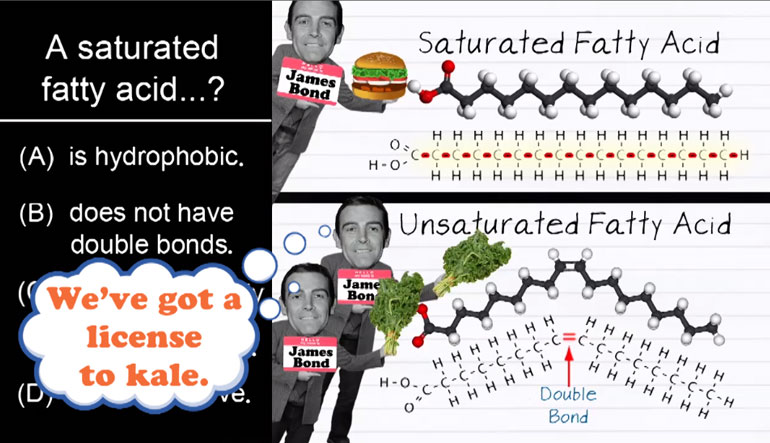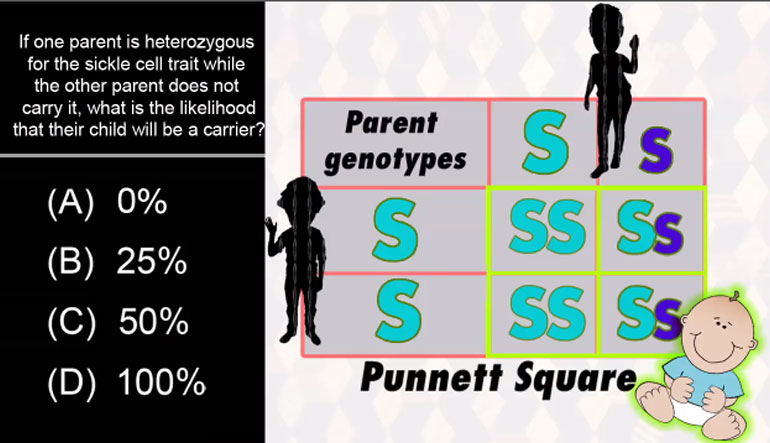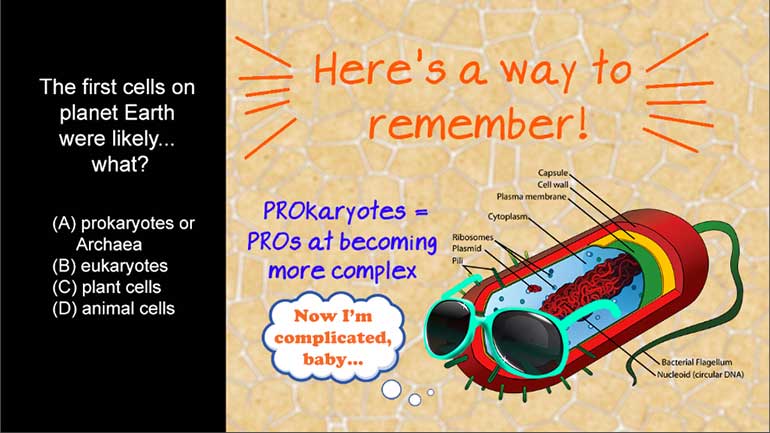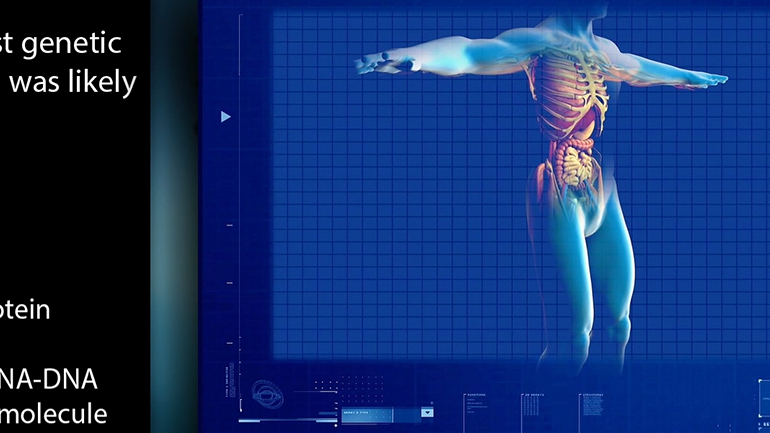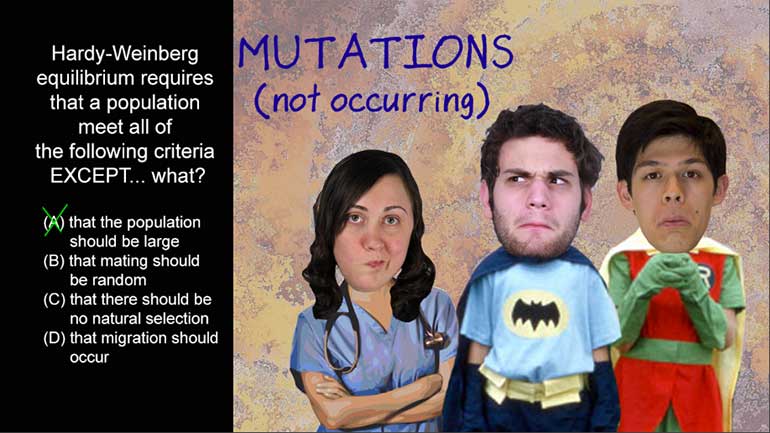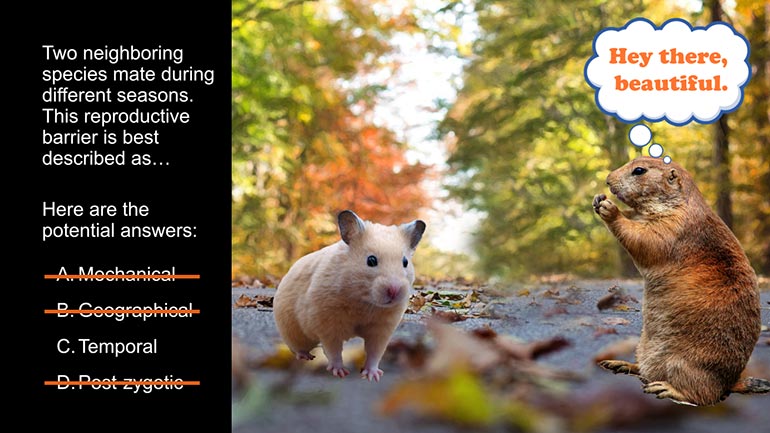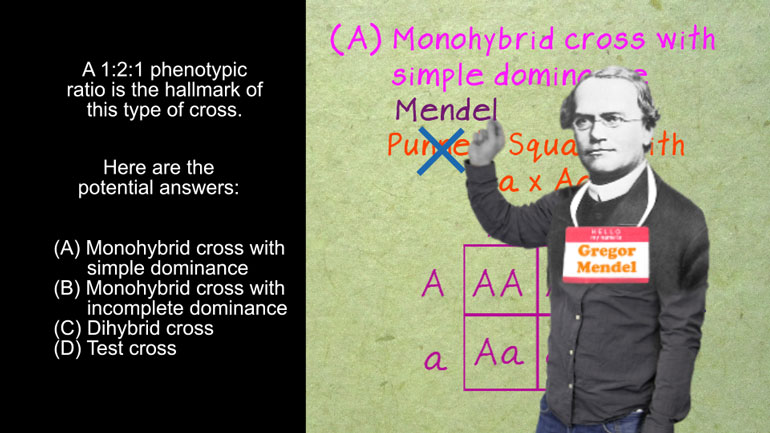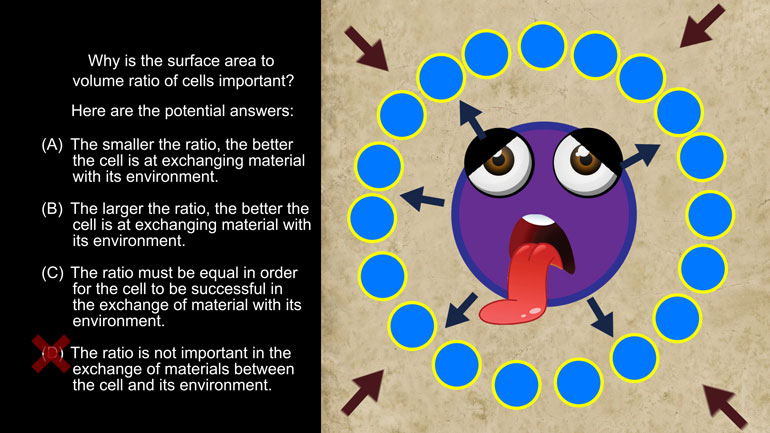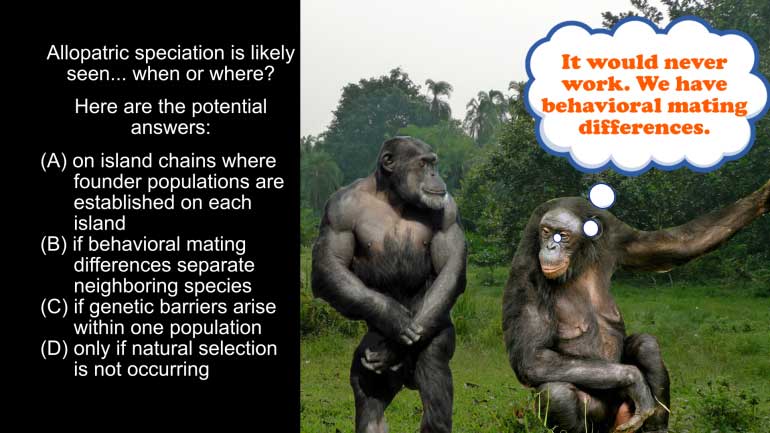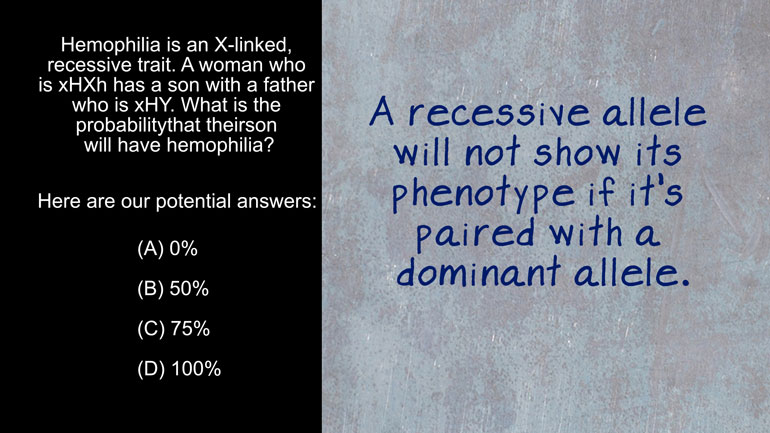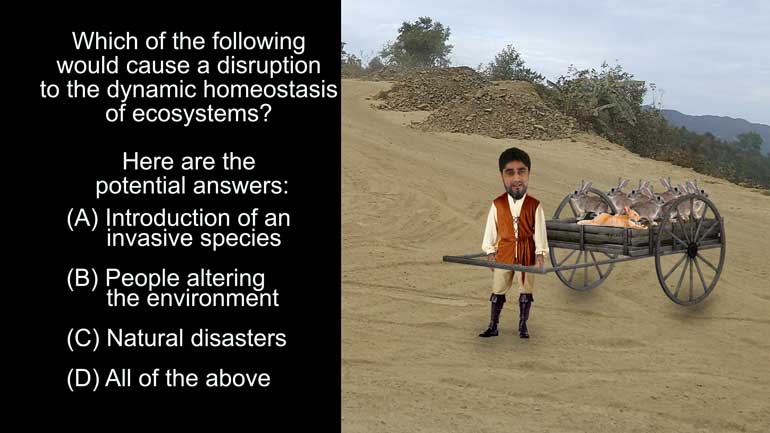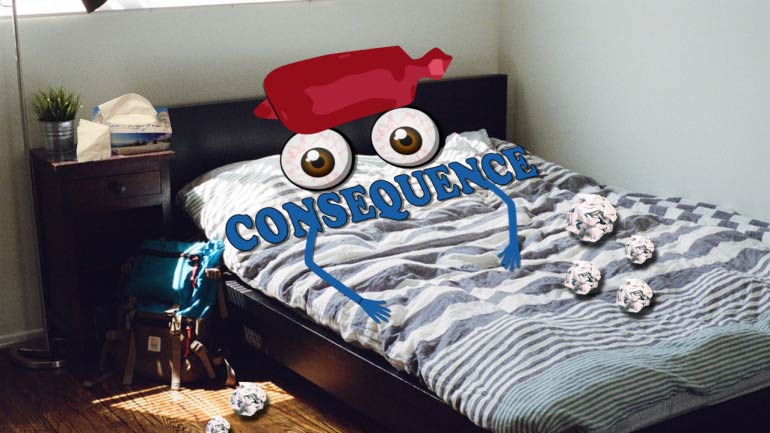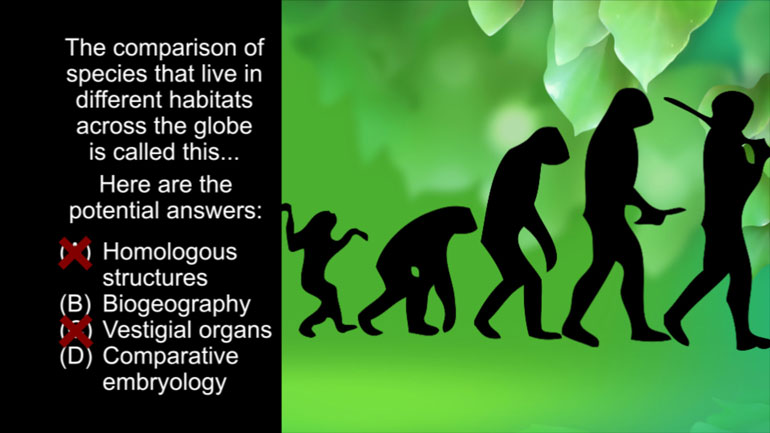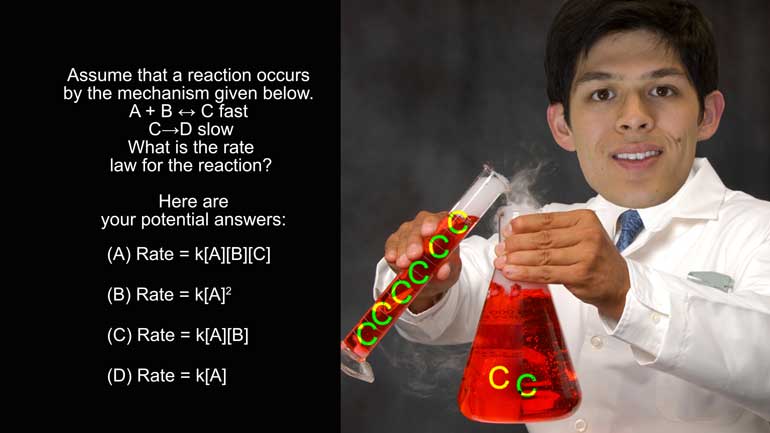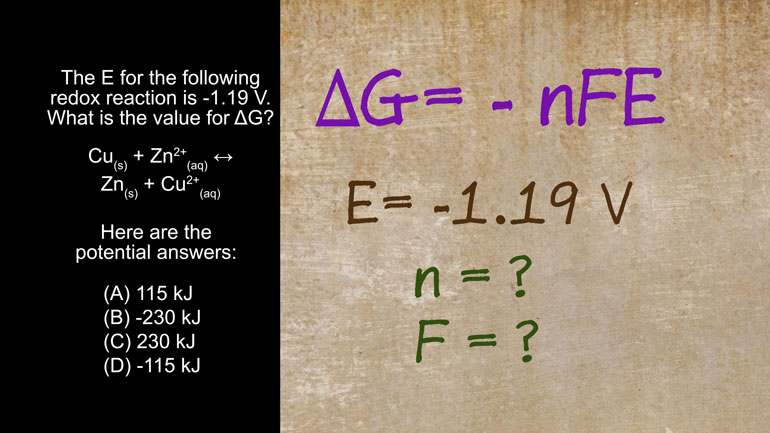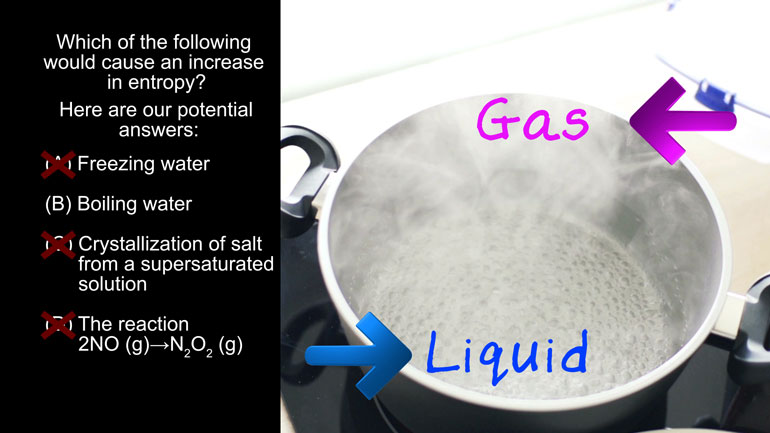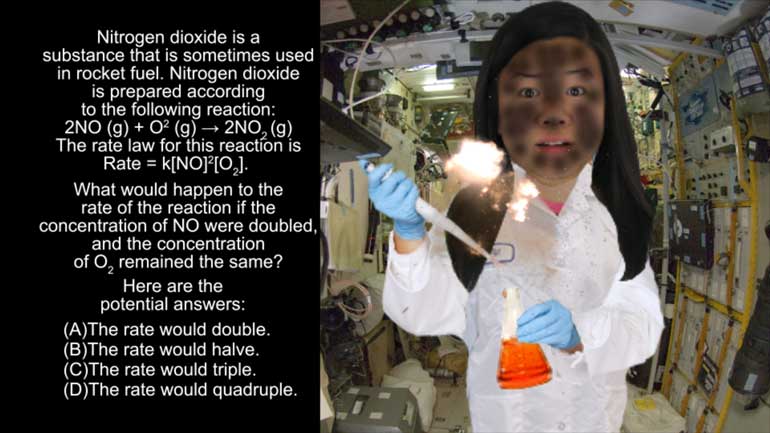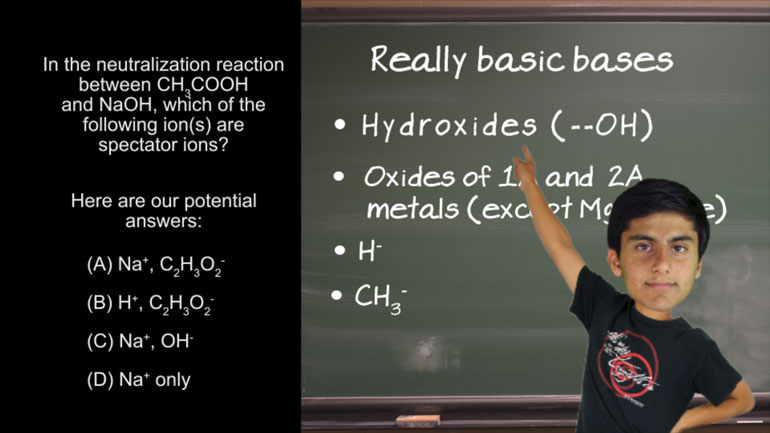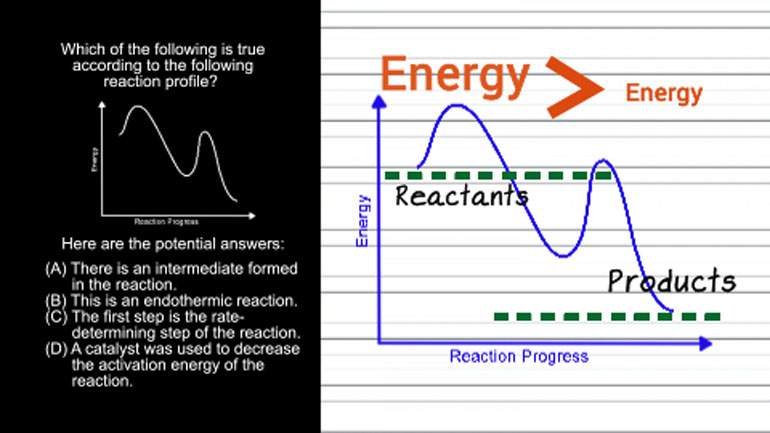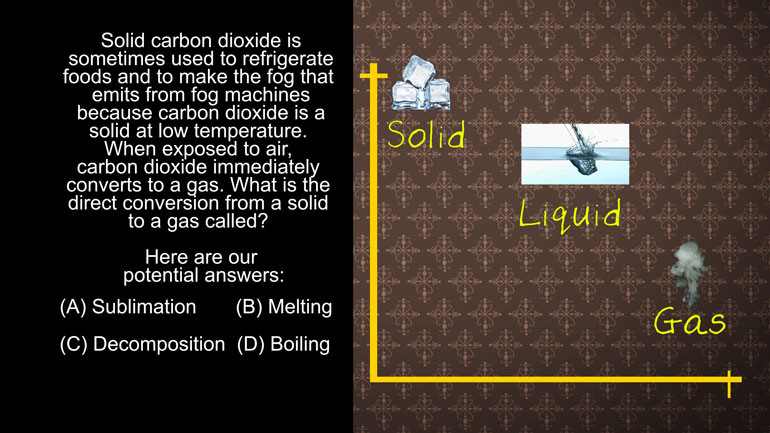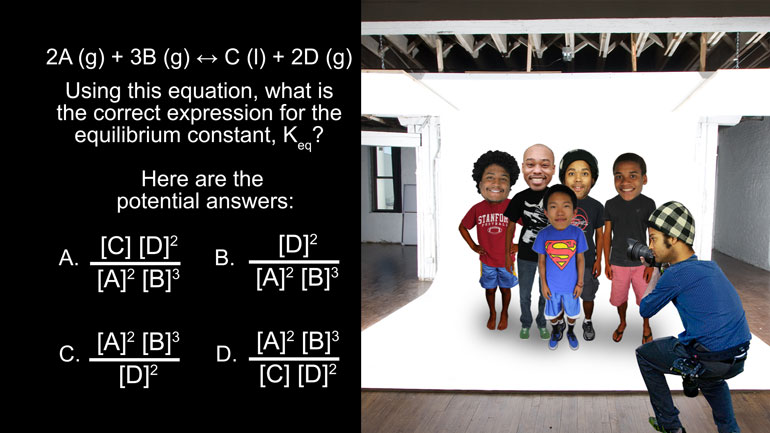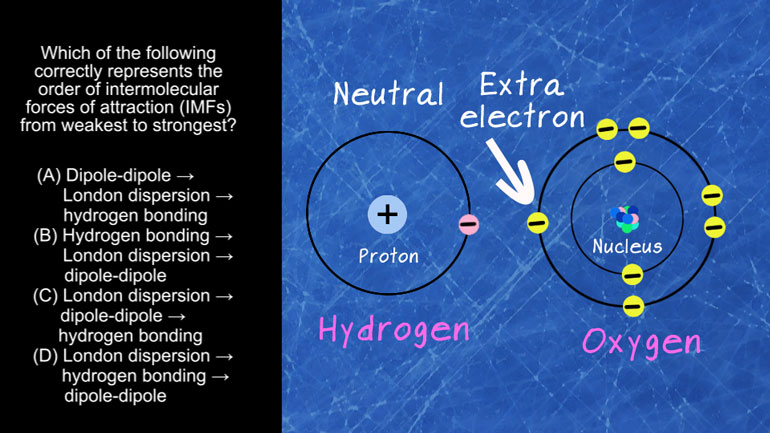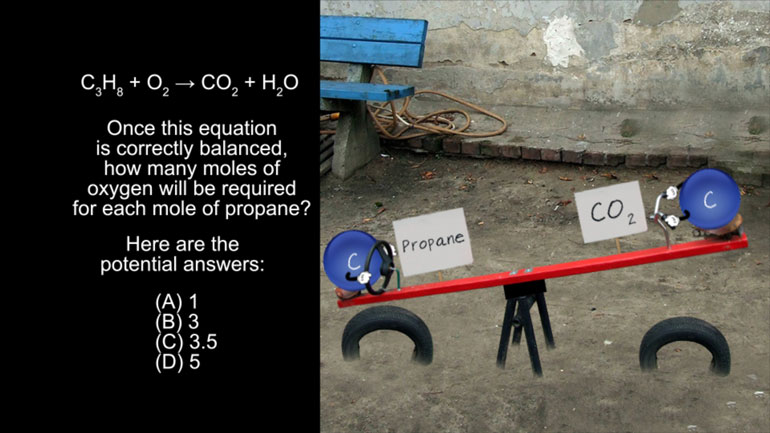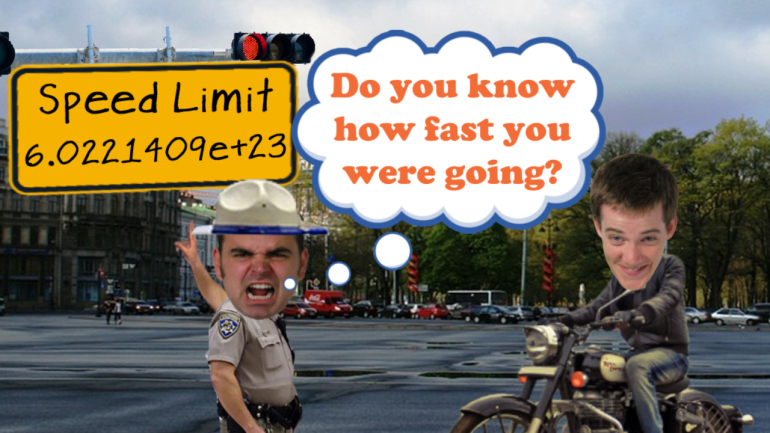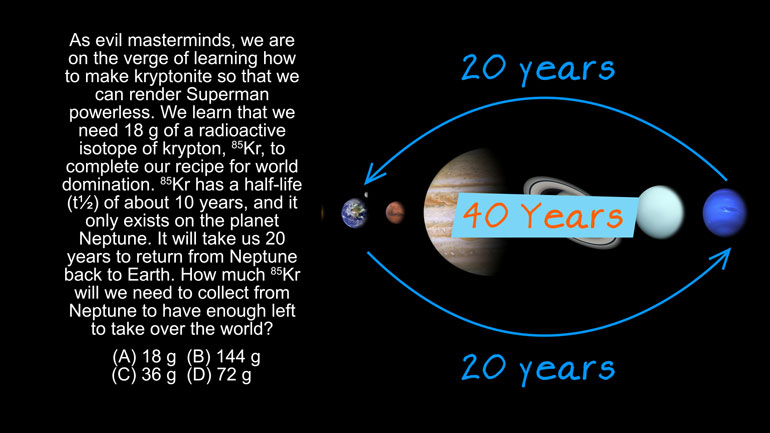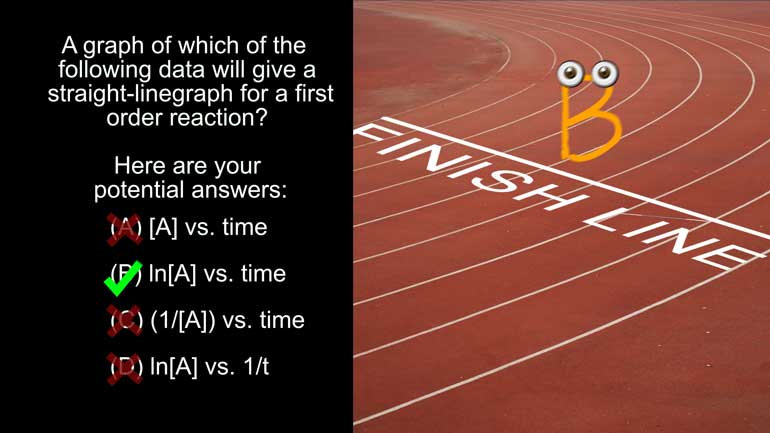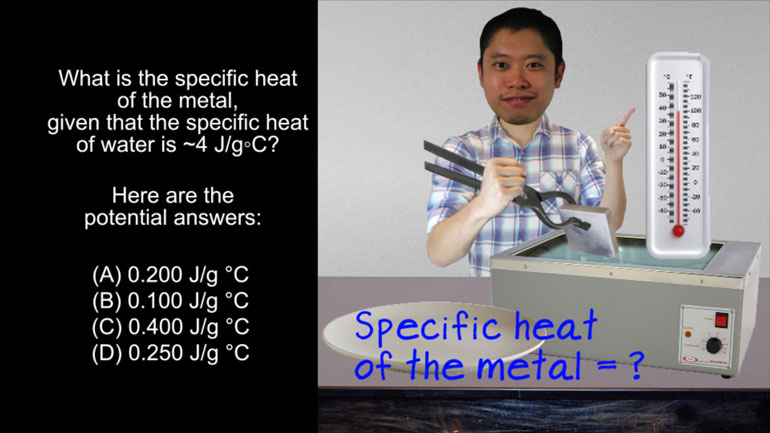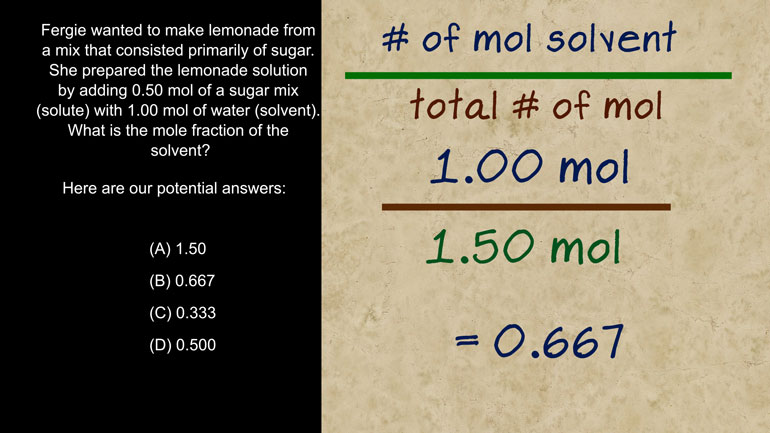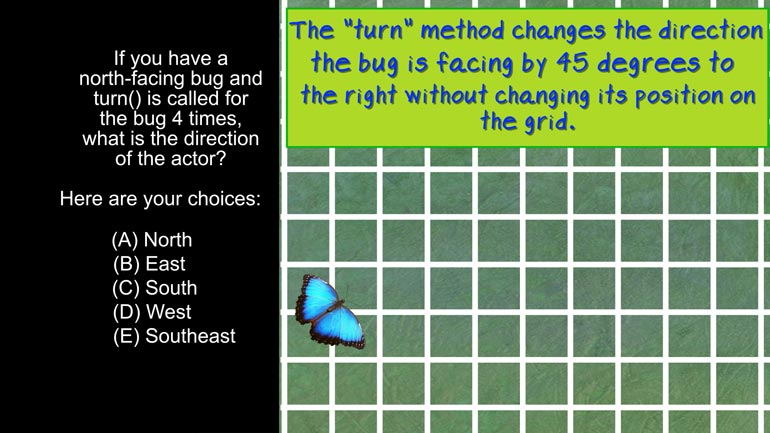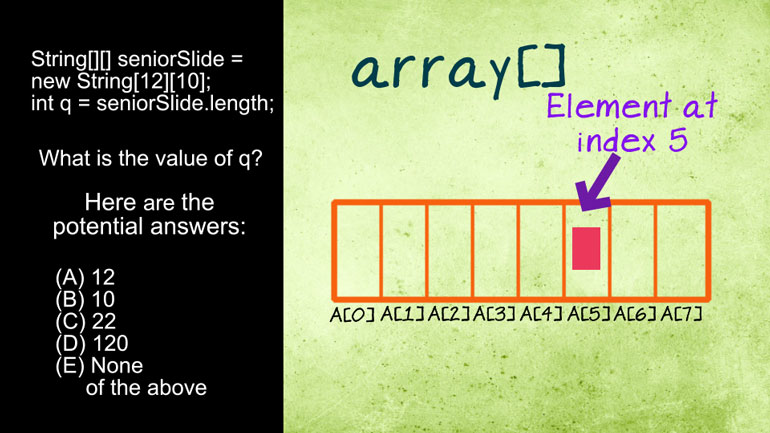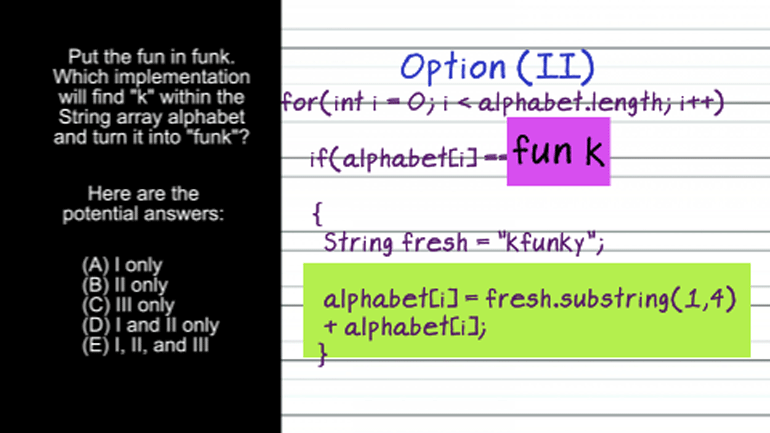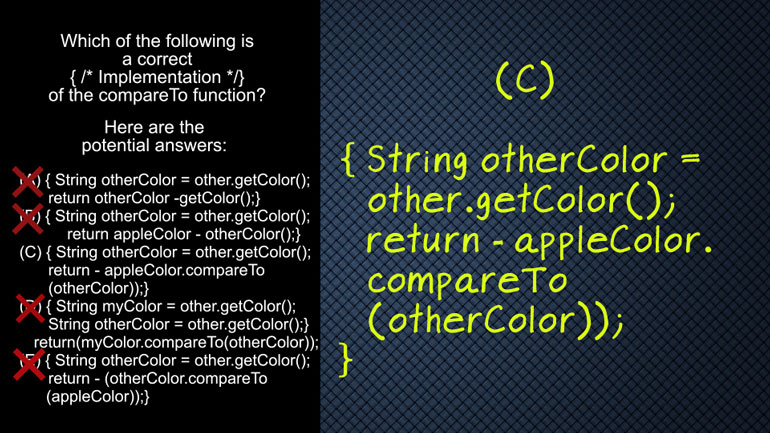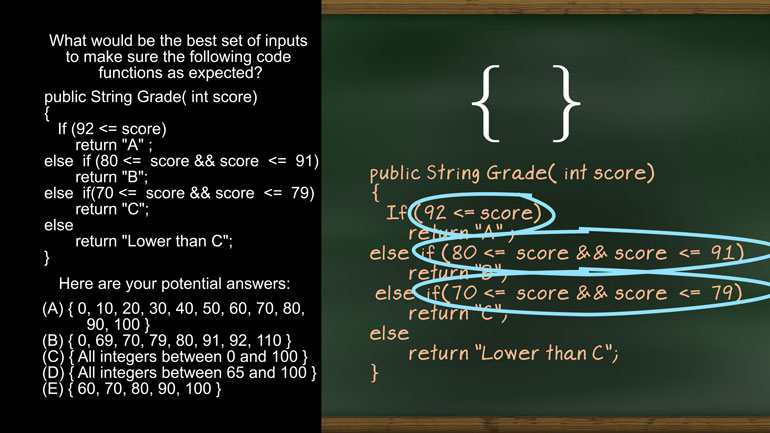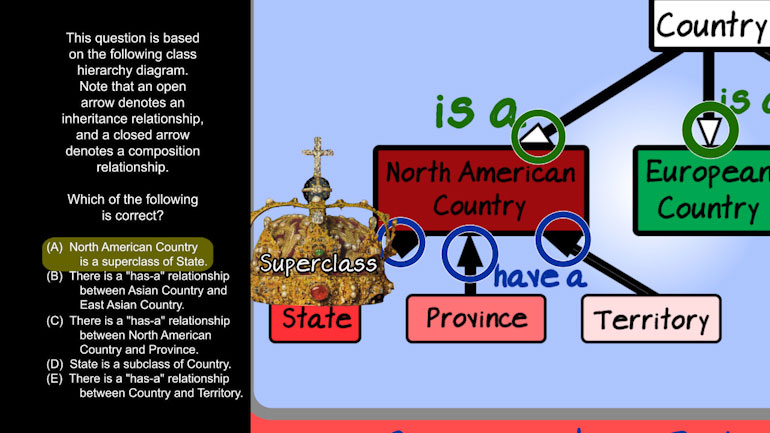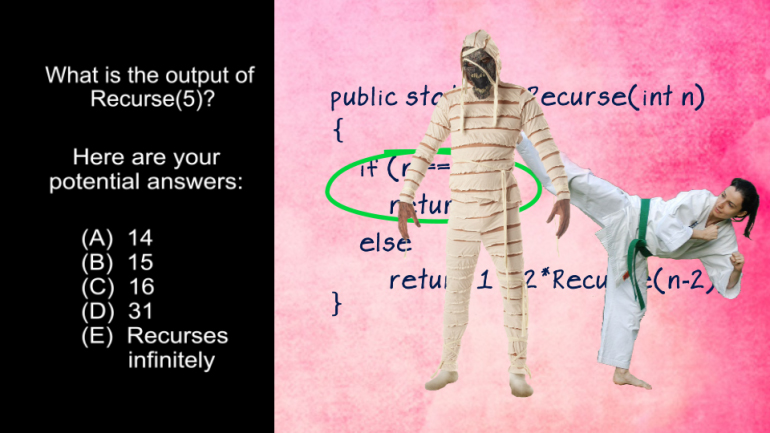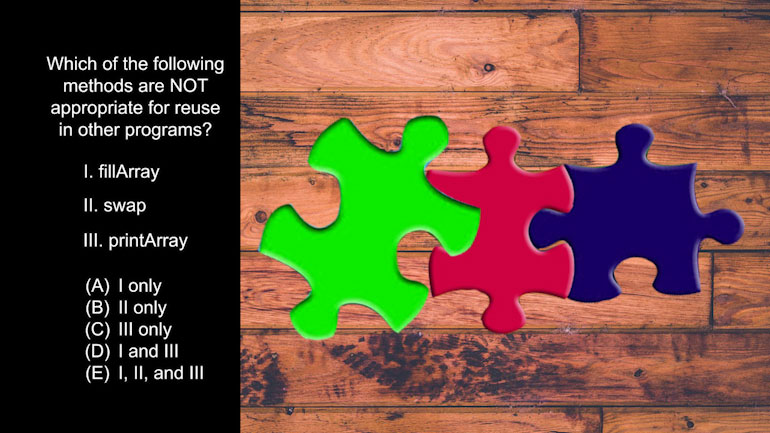ShmoopTube
Where Monty Python meets your 10th grade teacher.
Search Thousands of Shmoop Videos
Test Prep Videos 443 videos
ACT Science: Research Summary Passage Drill 2, Problem 1. Why do you think that the filter paper will not remove the salt from the water?
AP Biology: Biological System Interactions Drill 1, Problem 1. Complete the sentence about a saturated fatty acid.
AP Biology: Essential Life Process Information Drill 1, Problem 1. If one parent is heterozygous for the sickle cell trait while the other par...
AP Biology 4.2 Free Energy and Molecular Building Blocks 14 Views
Share It!
Description:
AP Biology 4.2 Free Energy and Molecular Building Blocks. What is a plant's response to light known as?
Transcript
- 00:04
Here’s your shmoop du jour, brought to you by light…
- 00:06
… the natural phenomenon that ruins your plans to catch some Zs until noon on Saturdays… [Boy in bed as the sun beams on his face]
- 00:12
A plant’s response to light is known as…what?
- 00:15
And here are the potential answers: Okay..Chemotaxis is the ability
- 00:22
of a cell to detect certain chemicals in the environment, like amino acids and sugars. [amino acids and sugars travelling through tissue]
Full Transcript
- 00:28
Bacteria cells, including E-coli, swim toward plant roots like they’re being called home [E-coli cell moving towards a plants roots]
- 00:33
for lunch.
- 00:34
These bacteria are taken up into the roots where they’re used as nutrients.
- 00:38
Sounds yummy.
- 00:40
Sounds like… the wrong answer, too.
- 00:41
Now onto circadian rhythms. [A jamaican band singing on stage]
- 00:43
No, that’s not the newest reggae band to break into the Top 40.
- 00:46
The term actually describes the biological clock of plant life.
- 00:49
i.e. the flower petals closing at nightfall… [A flower petal closing at night time]
- 00:51
…the leaves changing their position after dark…
- 00:54
…and then the neighborhood rabbit eating most of your berries around midnight. [A rabbit eating a blackberry]
- 00:57
OK, that’s not a true example of circadian rhythms, but Answer D isn’t true, either.
- 01:01
So cross out D!
- 01:04
Then there is answer B. Photoperiodism.
- 01:08
Various plants respond differently to seasonal changes in the length of daylight. [Two different plants and a light bulb appears]
- 01:13
Poinsettias and chrysanthemums have a certain… snob appeal toward shorter days.
- 01:17
While lettuce and petunias are examples of plants that “party hearty” when days are [lettuce and petunias at the beach partying]
- 01:22
longer.
- 01:23
That is what photoperiodism is about…proving it is not the correct answer.
- 01:27
Looks like the only one left is C.
- 01:30
Phototropism is a response by plants to light from a particular direction. [A sunflower on the window sill responding to the sunlight]
- 01:34
Ever notice how the leaves on that potted plant your mom has on the windowsill appear
- 01:38
to be get real cozy with the glass?
- 01:41
If you go ahead and turn that plant around 180 degrees… without dropping it… [Man turning a plant pot around]
- 01:45
…come back in a few hours and its leaves will be pointed toward the window again.
- 01:49
Welcome to the world of “tropisms”, and in particular phototropism, the correct answer
- 01:54
to our exercise. [Phototropism circled as the correct answer]
- 01:55
If you got this one right, you may spend some time near your favorite window.
- 01:59
Don’t have too much fun… [Man stood waving by the window]
Related Videos
AP Biology: Biological System Interactions Drill 1, Problem 1. Complete the sentence about a saturated fatty acid.
AP Biology: Essential Life Process Information Drill 1, Problem 1. If one parent is heterozygous for the sickle cell trait while the other par...
AP Biology: Evolution Drives the Diversity and Unity of Life Drill 1, Problem 1. The first cells on planet Earth were likely what?
AP Biology: Free Energy and Molecular Building Blocks Drill 1, Problem 1. Which statement incorrectly describes the properties of water?
AP® Biology: Evolution Drives the Diversity and Unity of Life Drill 1, Problem 2. What was likely the first genetic material?
